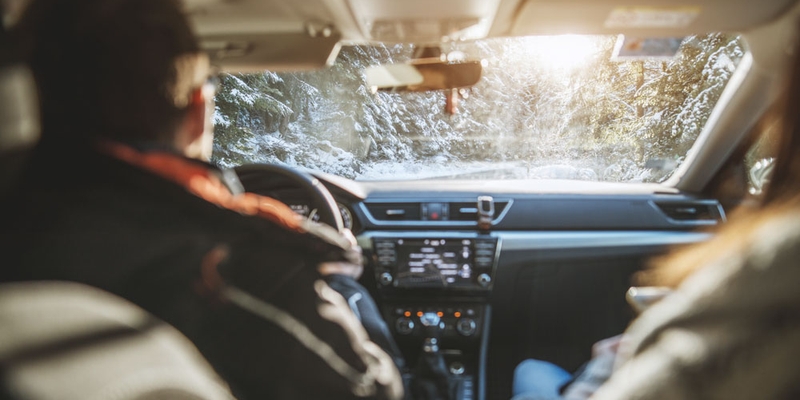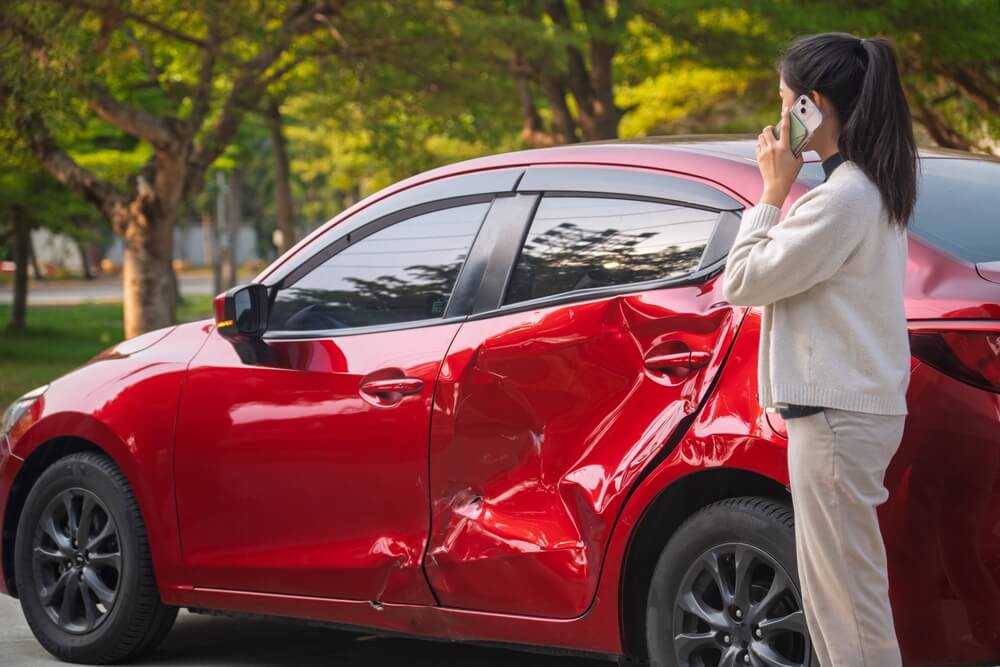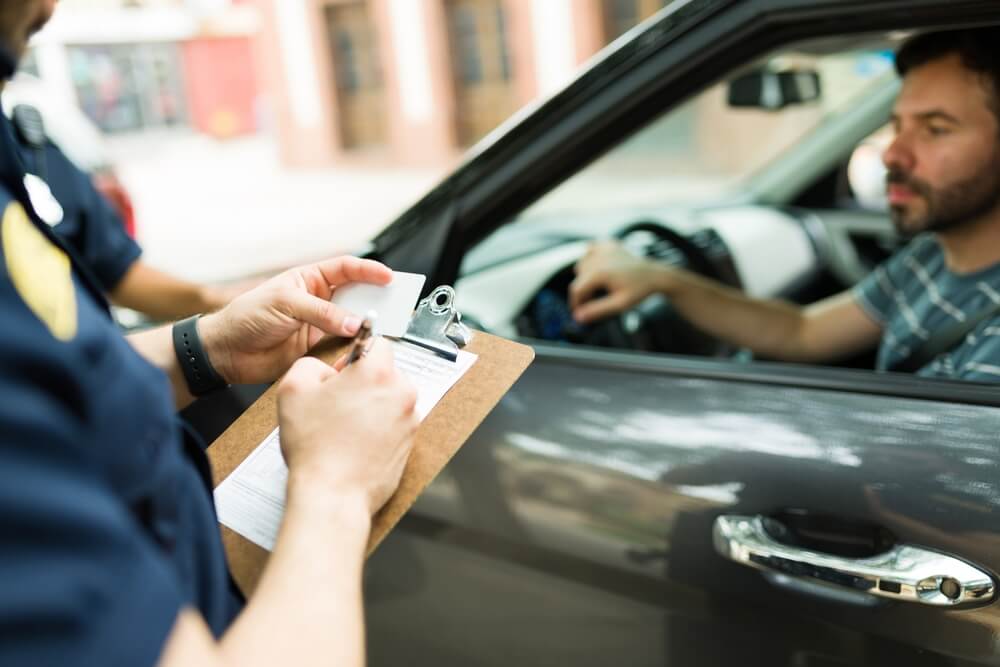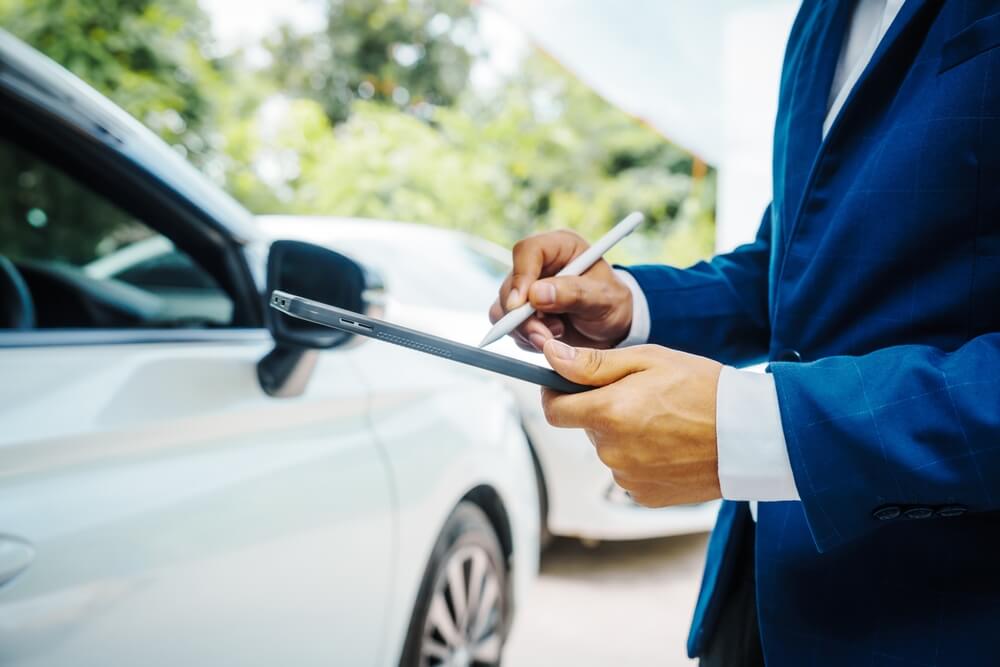
If you are not redirected within 30 seconds, please click here to continue.
Samedi: 10h – 16h HAE

If you are not redirected within 30 seconds, please click here to continue.
If you are not redirected within 30 seconds, please click here to continue.
If You No Longer Need Your Vehicle, Should You Keep It or Sell It?

The COVID-19 pandemic has changed the daily life and routines of millions of Canadians. Virtually everyone has been impacted. And if you’ve been watching (or listening to) the traffic reports in your area, you know most of us have spent considerably less time in our cars. This begs the question: What do you do if you no longer need your vehicle?
There are plenty of online tools available to you to understand your car’s value and determine what makes the most financial sense.
Here are a few things to consider before you decide to sell your vehicle, especially if you’re leasing or financing.
1. Deferring your lease or car payments
If you still need your car but you’re feeling financially pinched, one option is to reach out to your dealership’s parent financial company and ask for assistance. Most manufacturers are set up to offer payment deferrals or flexible payment plans in times of crisis. For example, Hyundai and Kia Canada remain flexible for customers with existing lease or loan contracts, as they recognize many Canadians are still financially affected by the pandemic.
You can also reach out to your car insurance provider, who might be able to provide other financial relief if you need assistance on your insurance payments.
2. Extending your lease or finance
Besides selling your vehicle, you might want to call your manufacturer’s finance company to see if you can extend your term if you are nearing the end of your lease or finance obligation. This may make the bridge easier between needing a vehicle and having the means to pay for one — since proof of income may be required for a new purchase. Additionally, many dealerships across Canada may be closed or limited in operations due to government restrictions related to the pandemic.
3. Job loss insurance
It’s possible that your monthly car payment includes an insurance feature that may help during times when you’re in a financial crunch. This insurance, if available, offers financial protection against your new vehicle purchase and covers many circumstances, including job loss, crisis, natural disaster, and more. Speak to a business manager at your dealership about the options and coverage you may not know you had or forgot about.
4. Transferring your lease
Companies like LeaseCosts or LeaseBusters specialize in helping consumers transfer existing leases before the end of their term. These sites can list vehicles for a fee and coordinate on the lister’s behalf to find a buyer. If you are uncertain of your car’s value, this is a good option since the buyer takes over your existing payments and the vehicle.
5. Preparing to sell your vehicle
If you have weighed the options and want to sell your car, you’ll need to get your vehicle’s payout details from its financial company and determine its current value. A few independent websites can provide you with an unbiased trade value. This will help you decide whether it makes financial sense to sell the vehicle at this time, given what’s owed on it and how much you can get for it.
6. Selling your vehicle
If you decide to sell your vehicle, you’ll need to take a few steps to ensure you get the best value. A quick way to improve your vehicle’s trade value is to make sure it is clean when bringing it to the dealership. Take some time to vacuum, wipe away coffee stains, and remove garbage or unnecessary clutter. This will make a better impression upon the appraisal manager and shows that you have maintained the vehicle well.
If you have two sets of keys, also make sure to mention that to the dealership, as this will save them money in reconditioning the vehicle for sale on their lot. If you have warning lights or mechanical problems with the vehicle, you will want to address them before taking the car for an appraisal. You may find it cheaper for a mechanic to fix the issues over the negative value on your appraisal.
Also, make sure that you keep service records of your vehicle. A CarProof report can prove regular maintenance and service upkeep, which help provide peace of mind to the next buyer and improve trade value.
Lastly, remember that you must keep your car insurance on the vehicle until your car is officially no longer yours. Otherwise, you won’t be able to drive it in the meantime.
Don't waste time calling around for auto insurance
Use RATESDOTCA to shop around, and compare multiple quotes at the same time.
Get money-saving tips in your inbox.
Stay on top of personal finance tips from our money experts!









